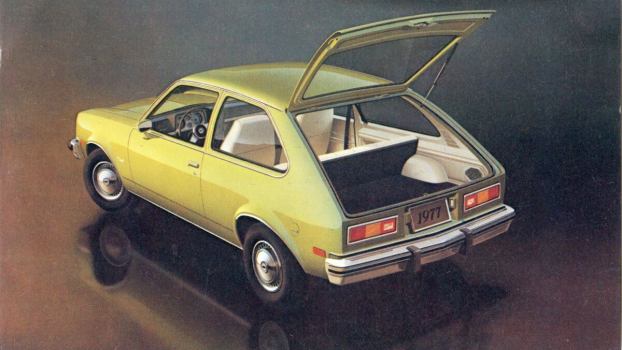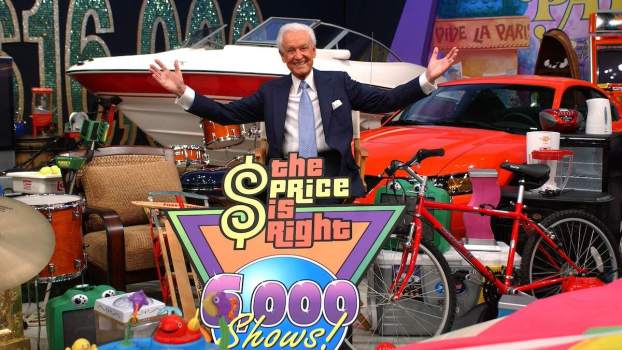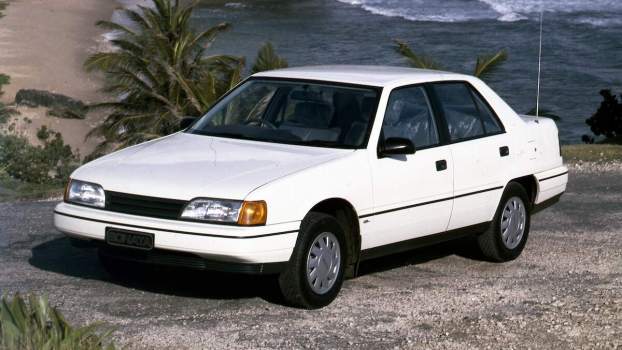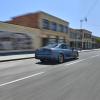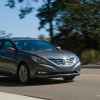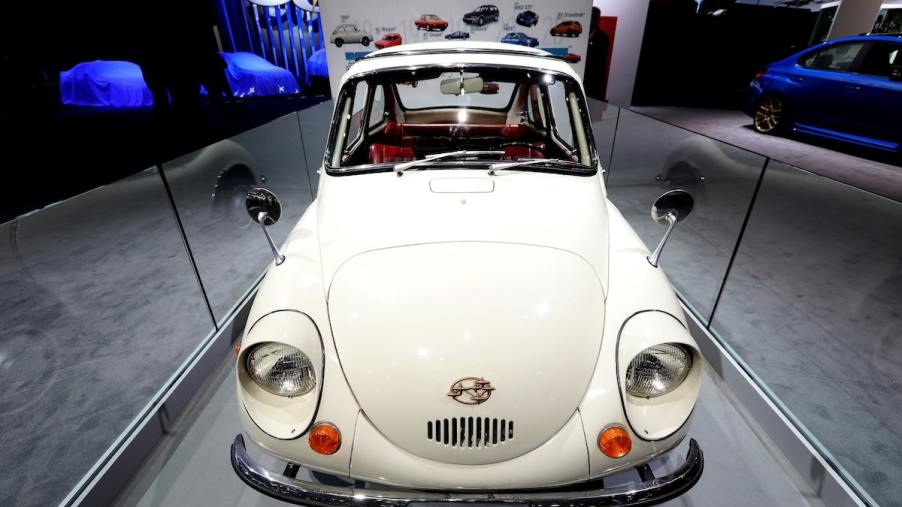
1 Terrible Little Subaru Was So Slow Its Acceleration Time Looks Like a Mistake
Subaru stands among today’s automotive giants, but the company got off to a rocky start in America with its first model: the Subaru 360. Subaru’s debut production car rolled off the assembly line in 1958 under Japan’s new Kei car regulations. Though the minicar proved popular in its home country, it didn’t translate well to U.S. roads when it was imported a decade later in 1968. The 360 didn’t catch on in America for many reasons. One of the most glaring problems was its laughable acceleration.
The Subaru 360’s acceleration was comical
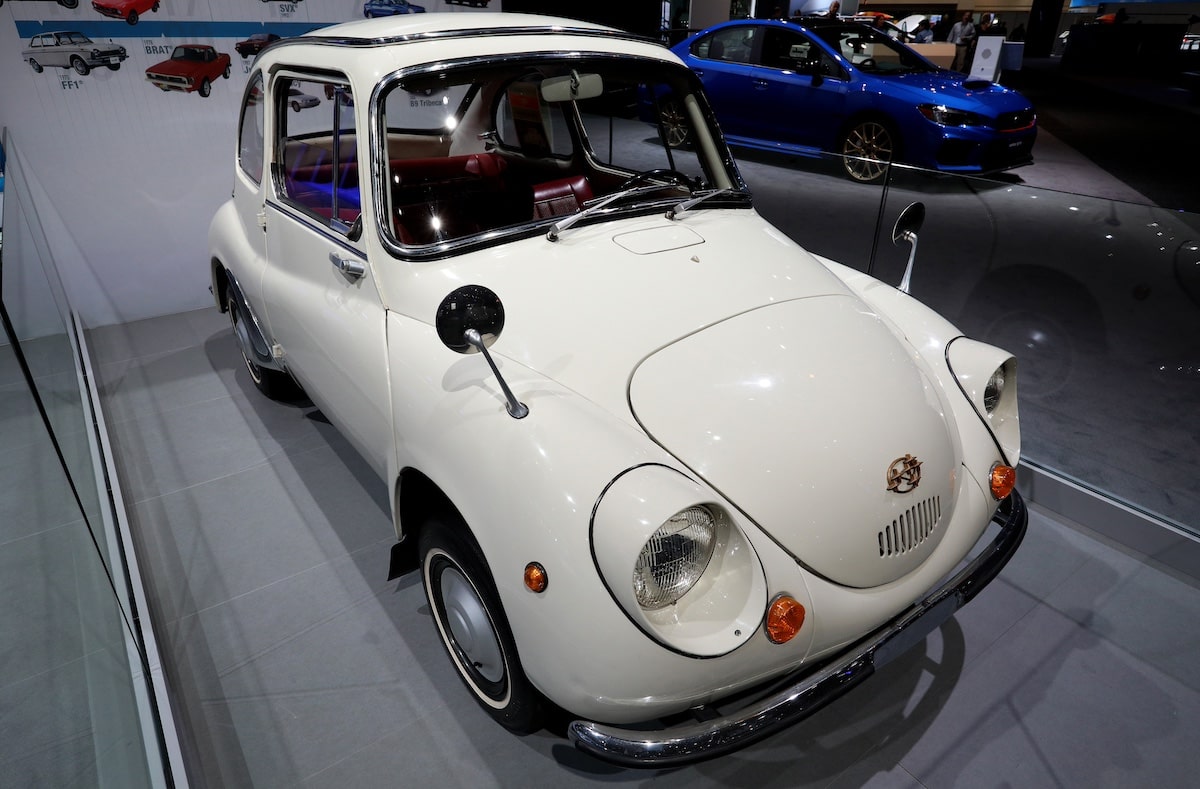
Consumer Reports tested the Subaru 360 in 1969 after the minicar was imported to the United States, and only through bypassing federal motor vehicle safety standards. At the time, cars weighing under 1,000 pounds were exempt from such requirements, and the 360 was just enough of a strawweight to squeak in under that mark.
But if 360 drivers were to crash, at least they wouldn’t be going fast.
Consumer Reports’ review, published in April 1969, recorded the Subaru 360 requiring a sluggish 37.5 seconds to accelerate from 0 to 50 mph. Note, that’s 0 to 50 mph, not the standard 0 to 60 mph. Maybe they didn’t have enough of a tailwind to reach 60 mph.
For context, CR’s reviewers noted that during previous tests of the Volkswagen Beetle, which was hardly a speed demon, could complete the 0–50 run in 14.5 seconds. And the AMC Rambler could accomplish the task in 11.5 seconds.
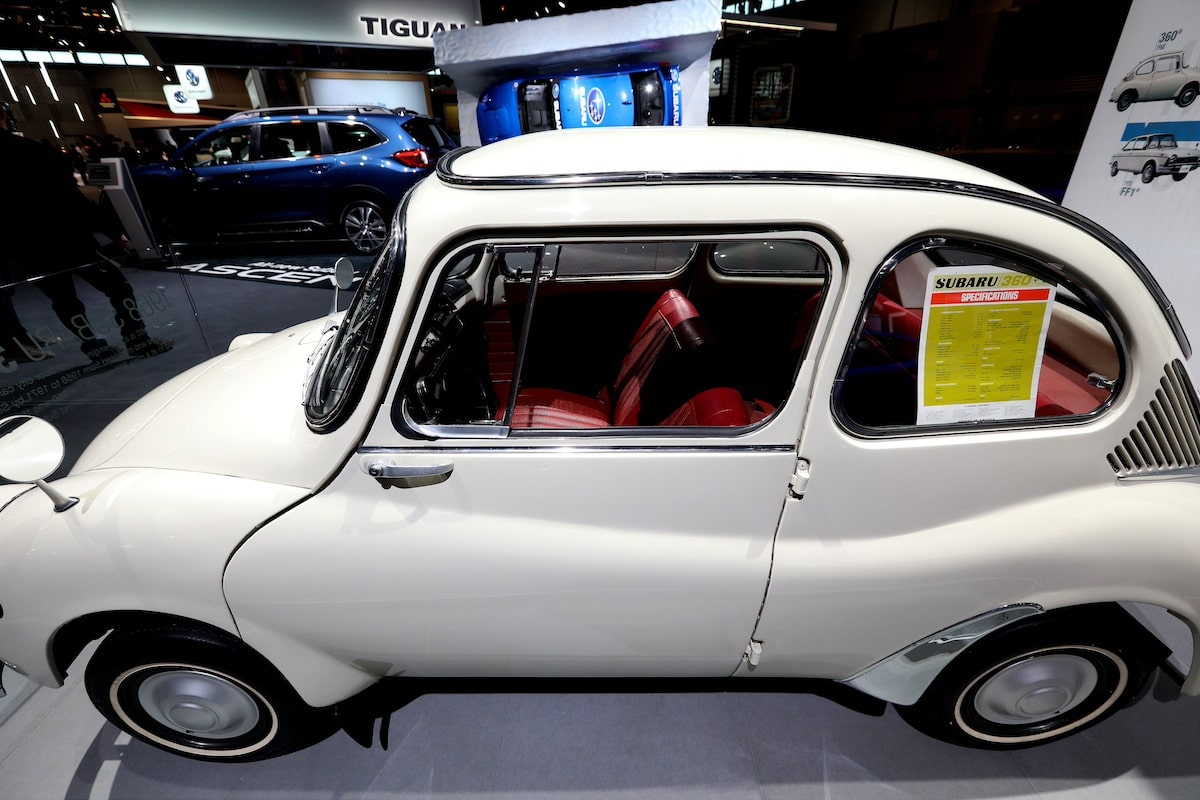
Comparatively, Car and Driver clocked the 2023 Volkswagen Golf R zooming from 0 to 150 mph and back to a stop — a 0–150–0 test — in only 40.2 seconds. For those who struggle with math, that’s less than three seconds more than the Subaru 360 required to go from 0 to 50 mph.
The tiny Subaru’s acceleration wasn’t any better once it finally, agonizingly, got up to speed. CR reported the 360 required “almost half a minute” to sputter from 30 to 50 mph.
“That’s a lot of time to spend on the wrong side of a two-lane road, should one ever try to pass another car,” the review said.
Many other Subaru 360 problems made it 1 of the worst cars
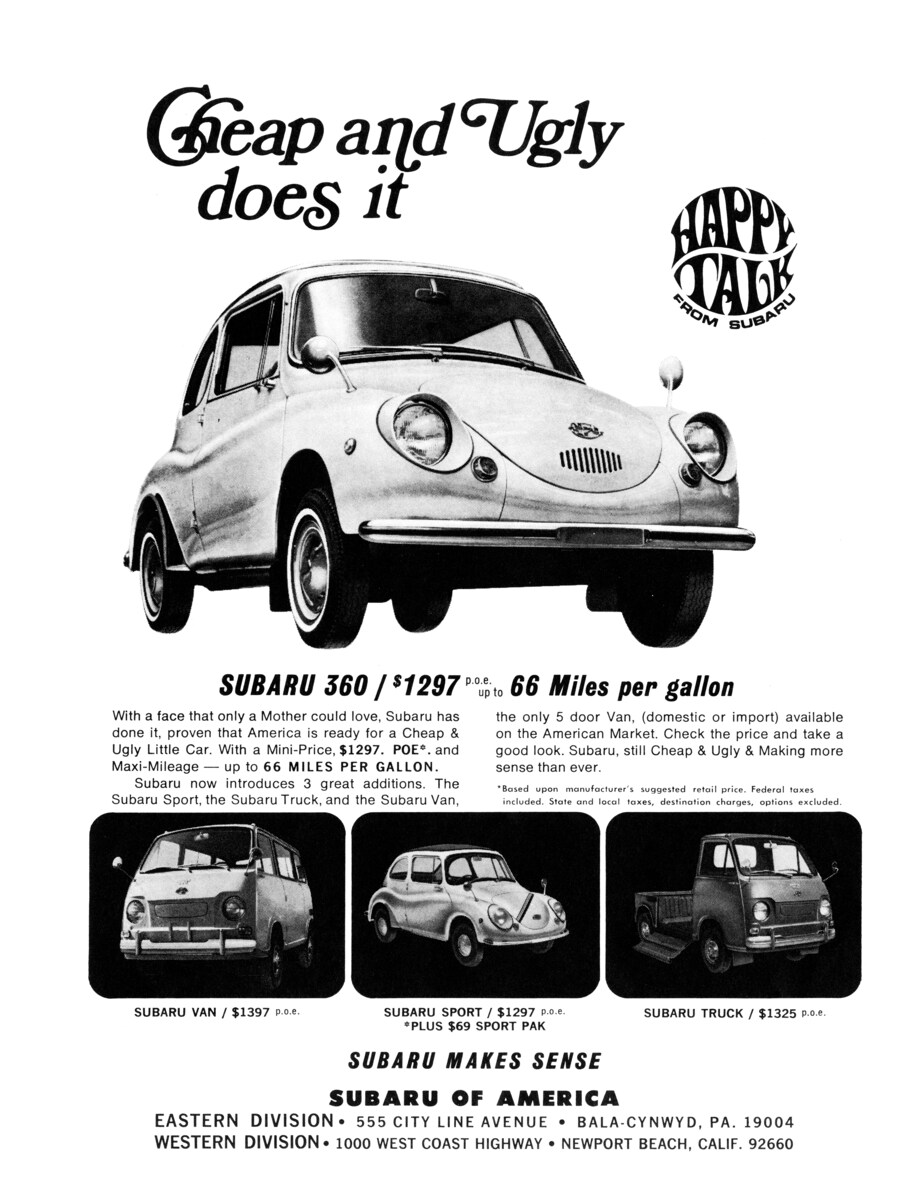
The Subaru 360’s acceleration was far from its only laughable issue.
Consumer Reports noted the vehicle’s bumpers were so low that “U.S. cars will ride over them,” adding they “are virtually useless against anything more formidable than a watermelon.” A crash test also found the steering column moved backward seven inches, more than allowable under federal safety standards, and was neither collapsible nor energy-absorbing.
The review also stated the 360’s emergency handling was so pitiful that an attempt to avoid an accident would likely cause a crash due to “sudden violent oversteer.”
Everyday issues were also present, like the rear-hinged doors opening into the wind, the driver’s door not locking from inside the car, and even children finding the rear seats uncomfortably cramped.
Additionally, the 360 didn’t live up to Subaru’s claim that the minicar could achieve up to 66 mpg from its two-cylinder, two-stroke, 25-hp engine. In Consumer Reports testing, the 360 managed just 25 to 35 mpg and drank a quart of oil — which was required to be a specific brand of outboard oil not found at typical service stations — every 260 miles.
American businessman Malcolm Bricklin spearheaded efforts to bring the Subaru 360 stateside. Yes, that’s the same Malcolm Bricklin who also got the Yugo to America, giving him the distinction of importing arguably two of the worst cars to hit U.S. roads. At least the marketing for the 360 was accurate: Subaru succinctly described the car as “cheap and ugly.”
Still, it wasn’t a good enough value. Consumer Reports’ test model had retailed for $1,357 (about $11,500 today), but for about $400 more, a buyer could purchase a VW Beetle, which CR deemed a “usable automobile.”
In sum, Consumer Reports rated the Subaru 360 “Not Acceptable.”
